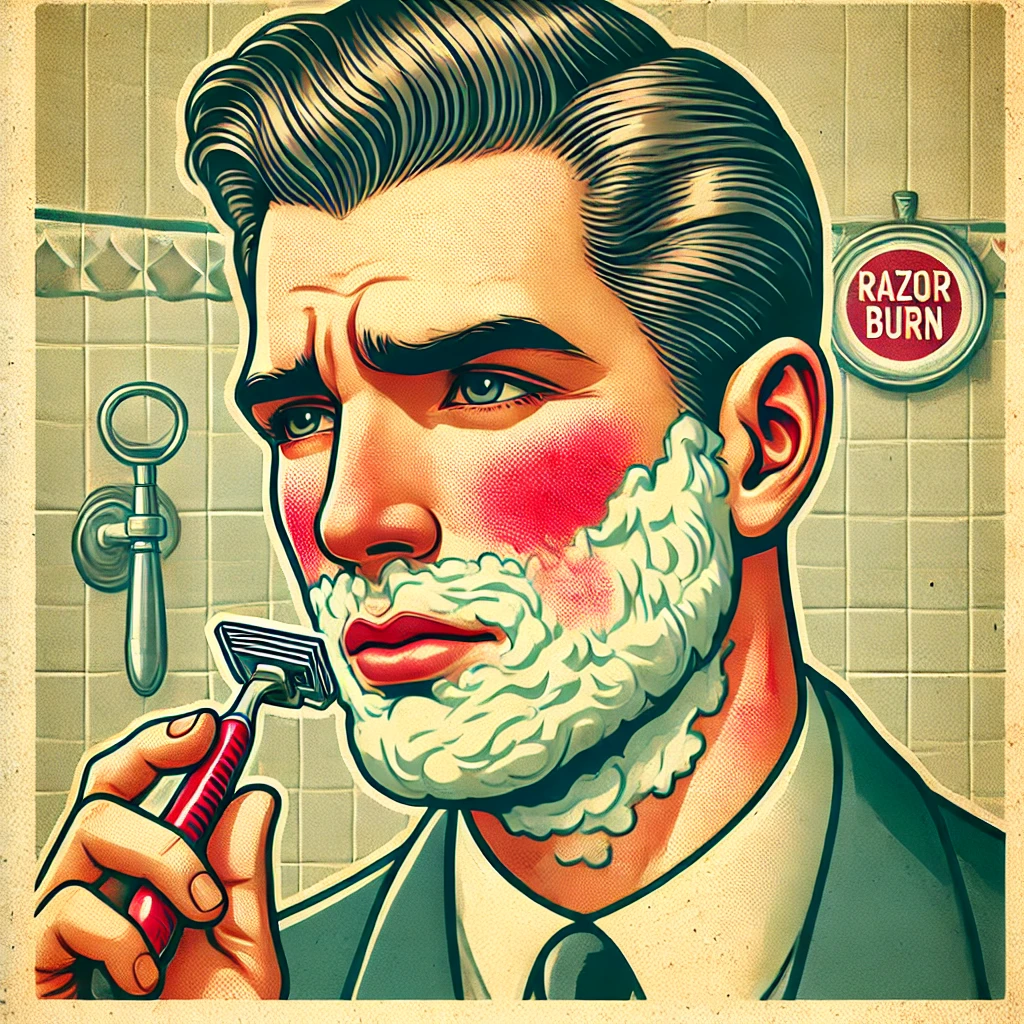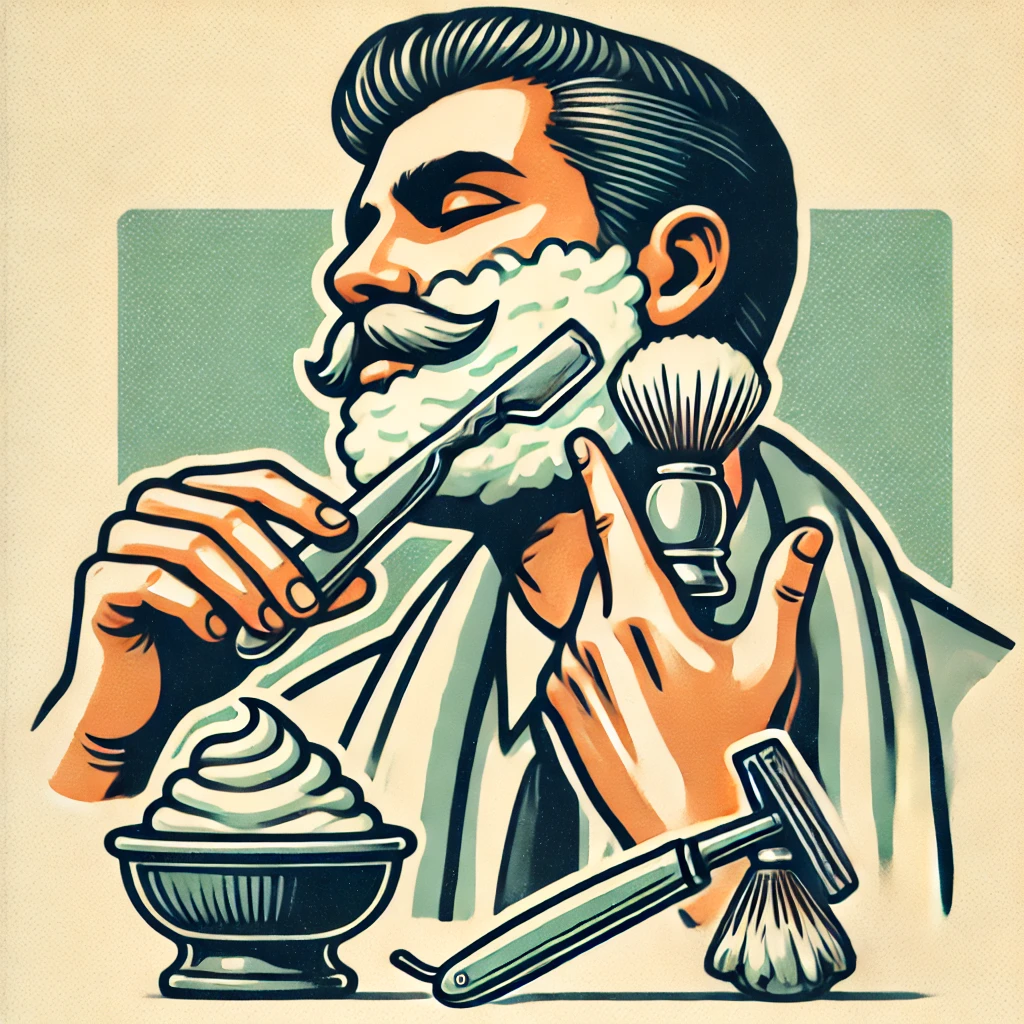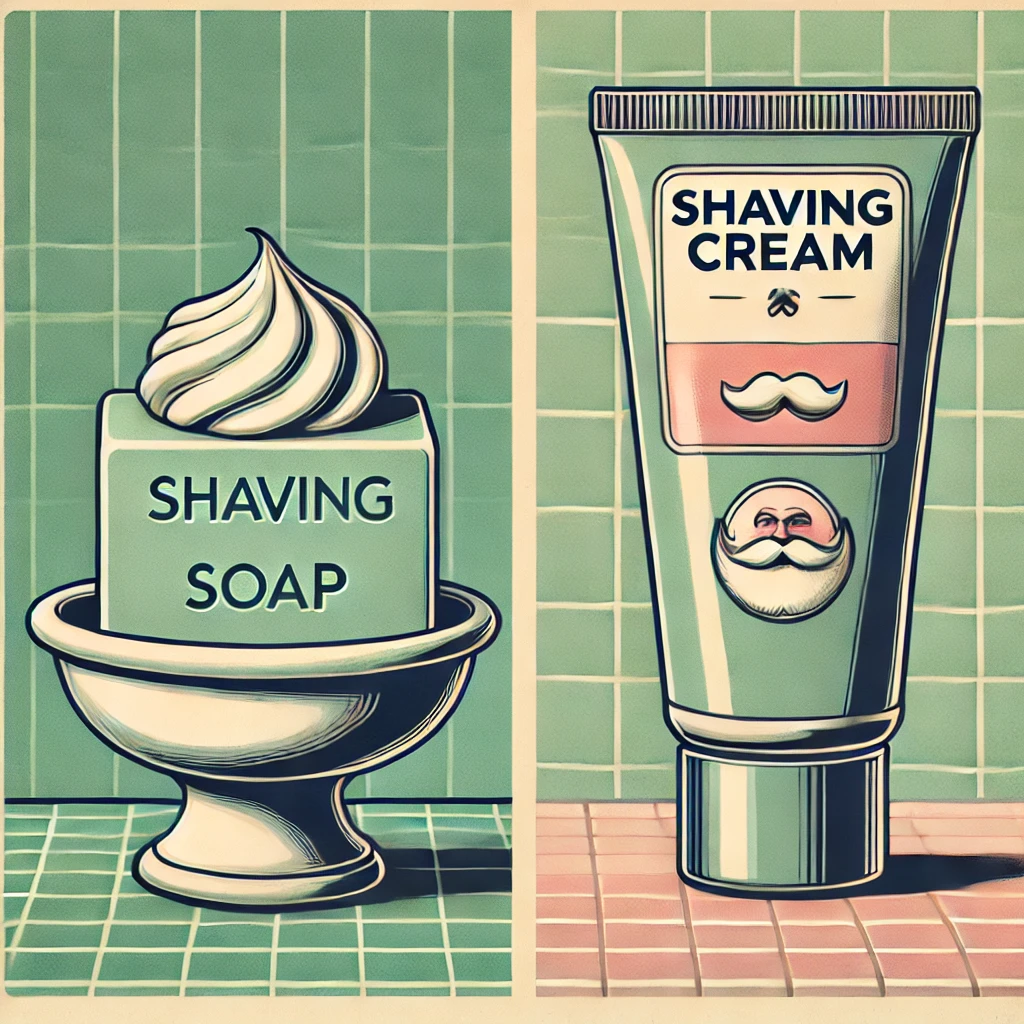Wet shaving is an enjoyable ritual for many, offering a close and clean shave. However, razor burn can quickly turn the experience from satisfying to painful. Preventing razor burn when wet shaving involves proper preparation, technique, and post-shave care. This guide will help you understand the causes of razor burn and provide practical tips to avoid it, ensuring a smooth and comfortable shave every time.
What is Razor Burn?
Before diving into prevention methods, it’s important to understand what razor burn is. Razor burn is an irritation of the skin caused by shaving. It often results in redness, discomfort, itching, and sometimes small red bumps. Razor burn typically occurs when the skin is not adequately prepared, the shaving technique is poor, or post-shave care is neglected. Fortunately, by adjusting your shaving routine, razor burn can be largely avoided.
1. Proper Skin Preparation
The foundation of a smooth, irritation-free shave is proper skin preparation. Skipping this step is one of the most common reasons for razor burn. Here’s how to prepare your skin:
a. Hydrate Your Skin
Dry skin increases the likelihood of razor burn. The best way to hydrate your skin is by shaving after a warm shower. The warm water softens your facial hair and opens up the pores, making it easier for the razor to glide smoothly. If you’re not shaving after a shower, use a warm, damp towel on your face for a few minutes to achieve the same effect.
b. Exfoliate Regularly
Dead skin cells can clog your razor and create friction, which may lead to razor burn. Using a gentle facial scrub before shaving helps remove these dead cells, allowing for a smoother shave. Make sure to exfoliate no more than 2-3 times a week to avoid over-drying your skin.
c. Use a Quality Pre-Shave Oil
Pre-shave oil helps create a protective barrier between your skin and the razor. It also adds moisture, which can reduce friction and prevent razor burn. Apply a thin layer of pre-shave oil and let it sit for a minute before applying your shaving cream.
2. Choosing the Right Shaving Tools
Your choice of tools plays a crucial role in preventing razor burn. High-quality razors, blades, and shaving creams are essential for a smooth shave.
a. Use a Sharp Razor
A dull razor is one of the leading causes of razor burn. Dull blades tug on the hair rather than cutting it cleanly, which can irritate the skin. Make sure to replace your blade regularly. For most people, replacing the blade every 5-10 shaves will keep it sharp. If you notice the blade pulling at your hair or leaving patches behind, it’s time for a new one.
b. Opt for a Safety Razor
A multi-blade cartridge razor can cause more friction on the skin, increasing the likelihood of razor burn. In contrast, a safety razor uses a single sharp blade, which can reduce the risk of irritation. Safety razors are often preferred for wet shaving because they offer more control and precision while causing less skin trauma.
c. Invest in a Quality Shaving Brush
A shaving brush helps lift the hair, creating a better surface for shaving. It also helps to evenly distribute the shaving cream or soap across your face. Badger or synthetic brushes are popular choices for wet shaving, as they hold water well and create a rich lather.
3. Lathering Techniques for a Smooth Shave
A rich, protective lather is essential for preventing razor burn. Follow these tips to ensure your shaving cream or soap is working in your favor:
a. Use High-Quality Shaving Cream or Soap
The shaving cream or soap you choose should provide a thick, protective layer between your skin and the razor. Avoid aerosol shaving foams, as they tend to be less moisturizing. Instead, opt for traditional shaving soaps or creams made for wet shaving, as they usually contain nourishing ingredients like glycerin that help reduce friction.
b. Build a Good Lather
Use your shaving brush to create a rich lather. Start by soaking the brush in warm water, then swirl it in your shaving soap or cream until you have a thick lather. Apply it to your face in circular motions to lift the hair and ensure even coverage.
4. Shaving Techniques to Prevent Razor Burn
How you shave can make or break your experience. To prevent razor burn, follow these techniques for the smoothest shave possible:
a. Shave in the Direction of Hair Growth
Shaving against the grain can cause razor burn, as it forces the hair back into the follicle, leading to irritation. Always shave in the direction of your hair growth. While shaving against the grain may give you a closer shave, it’s not worth the risk of razor burn. If you need a closer shave, reapply shaving cream and shave across the grain rather than against it.
b. Use Light, Short Strokes
Pressing too hard with the razor can lead to skin irritation. Let the weight of the razor do the work for you. Use light pressure and short strokes to avoid dragging the blade across your skin, which can cause razor burn.
c. Rinse the Razor Frequently
A razor clogged with shaving cream and hair won’t glide smoothly over the skin. Rinse your razor after every few strokes to keep the blade clean. This helps reduce friction and ensures a smoother shave.
5. Post-Shave Care to Soothe the Skin
Post-shave care is just as important as preparation and technique. Proper aftercare can help soothe the skin and prevent razor burn from developing.
a. Rinse with Cold Water
After shaving, rinse your face with cold water to close the pores and soothe any irritation. Cold water also helps remove any leftover shaving cream or soap that could clog pores and contribute to razor burn.
b. Apply an Alcohol-Free Aftershave
Many aftershaves contain alcohol, which can dry out your skin and exacerbate razor burn. Instead, opt for an alcohol-free aftershave balm that contains soothing ingredients like aloe vera, witch hazel, or chamomile. These ingredients can help calm the skin and reduce redness.
c. Moisturize Your Skin
Shaving can strip your skin of natural oils, so it’s important to replenish moisture with a good moisturizer. Look for a fragrance-free, non-comedogenic moisturizer to prevent irritation and keep your skin hydrated.
6. Additional Tips to Prevent Razor Burn
In addition to the above steps, there are a few extra tips you can follow to further reduce your risk of razor burn:
- Shave Less Frequently: If you’re prone to razor burn, consider shaving less often to give your skin time to heal between shaves.
- Avoid Shaving Over Irritated Skin: If you already have razor burn or any skin irritation, avoid shaving over the affected area until it has healed.
- Keep Your Razor Clean and Dry: After each shave, rinse your razor thoroughly and let it air dry. This prevents rust and bacterial buildup, which can irritate your skin during the next shave.
Conclusion
Preventing razor burn when wet shaving is all about preparation, using the right tools, mastering proper techniques, and caring for your skin afterward. By following these steps—hydrating your skin, using sharp razors, shaving in the direction of hair growth, and applying soothing aftercare—you can enjoy a smooth, irritation-free shave every time.


